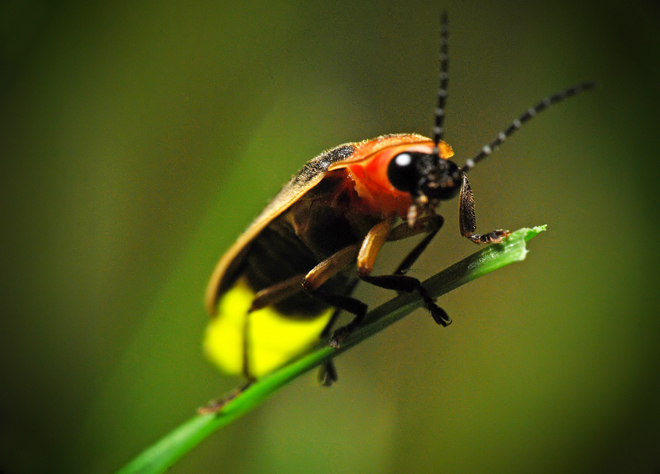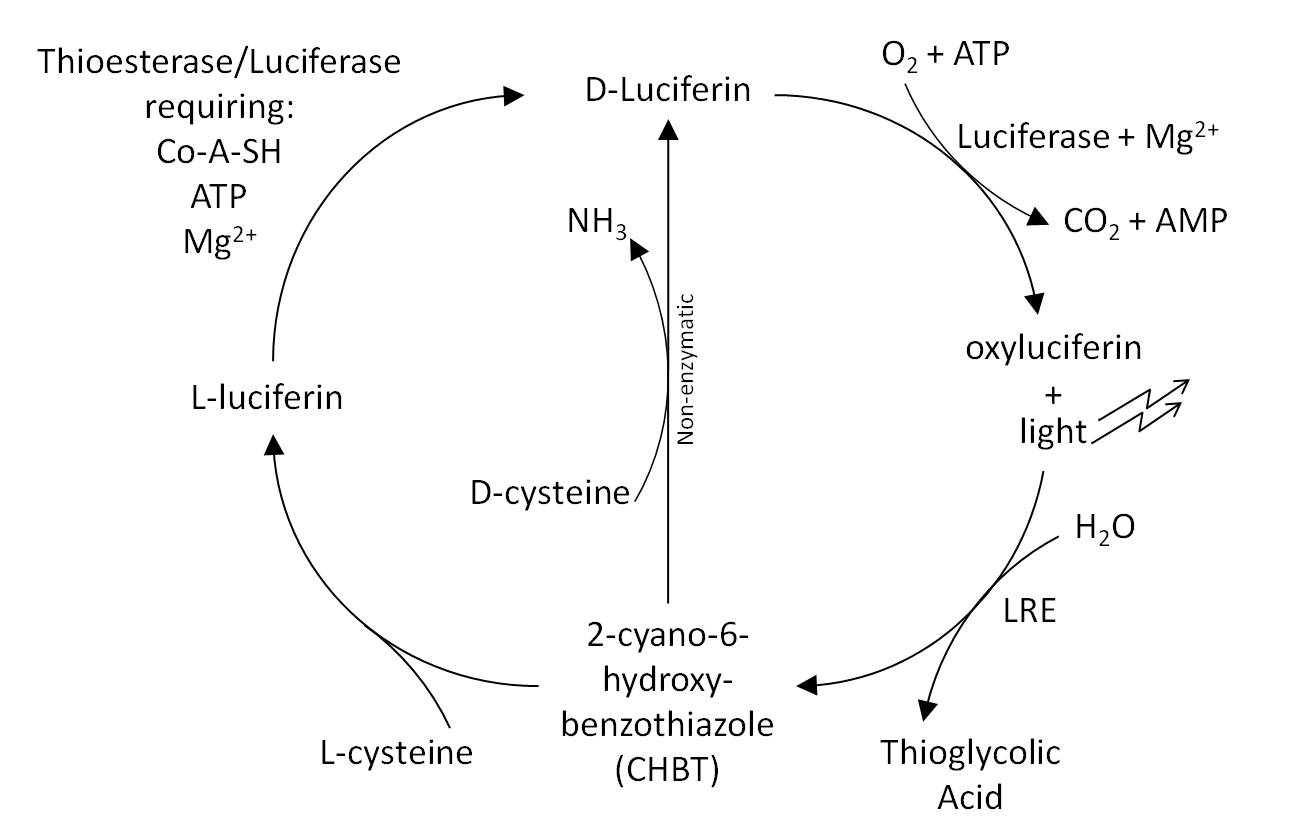Team:Cambridge/Bioluminescence
From 2010.igem.org

Project Firefly: Introduction
Project Firefly was the side of our project dedicated to taking amino-acid sequences from the light producing pathways found in firelies and placing them in the registry.
Fireflies are some of the best known insects from the family of click beetles. They have a light-emitting organ known as the lantern in their abdomen.
Natural history
The fireflies use their lantern in courtship displays, the flashing of a female's lantern attracts a male to her. However since larvae also glow the light is also thought to be an aposematic signal, advising predators of the beetle's bitter taste.
Our work
The Cambridge team have exploited a number of proteins based on firefly bioluminescence:
- The luciferase (light emitting enzyme) from the North American firefly, Photinus pyralis with three mutations to increase substrate affinity
- The luciferase from the Japansese firefly, Luciola cruciata for which we made a number of mutations to give 3 different colours.
- The luciferin-regenerating enzymes (LREs) from both these species. Luciferin is the substrate used by luciferase to emit light. Once a photon has been emitted this luciferin is released in an inactive from known as oxyluciferin. LRE is crucial for the regeneration of this oxyluciferin into new luciferin.
 "
"

